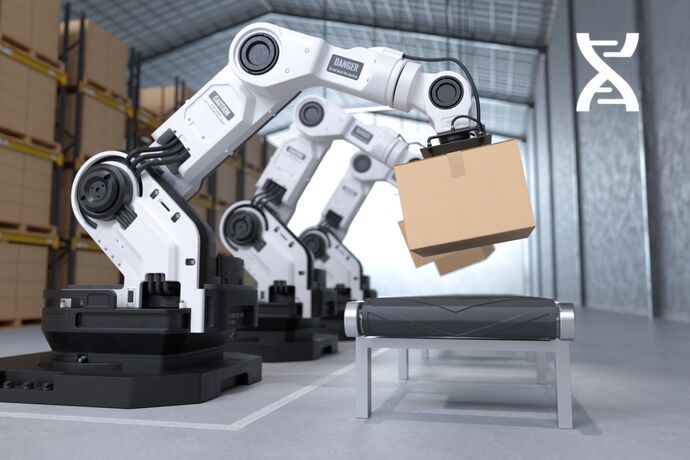Significant market growth
WMS are constantly evolving to meet new multi-channel challenges
Automating the supply chain to speed up orders is nothing new, but in recent years fleets of robots have been invading warehouses. This invasion began in 2012, when Amazon bought the manufacturer Kiva Systems, designer of a small robot capable of transporting racks loaded with products to the picker, who places the order items in cartons. This approach, dubbed Goods to Man, reduces the need for operators to travel up to fifteen kilometers a day in the aisles. Since then, the concept has become widespread. The International Federation of Robotics (IFR) predicts that the industrial robotization market will exceed 30 billion dollars by 2020 (14 billion today).
Robots by 2025
By 2025, over 4 million commercial robots-1,000 times more than in 2018-will be installed in more than 50,000 warehouses, according to ABI Research's "Robotics in E-commerce Fulfillment" report. This rapid adoption rate is driven by the need for flexible, efficient and automated order processing for e-commerce in particular, to ensure same-day delivery. Several types of robots are in demand, such as Automated Guided Vehicles (AGVs) and Autonomous Mobile Robots (AMRs), and innovations, particularly in computer vision, artificial intelligence, machine learning and robotic mechanics, are making them increasingly capable of performing tasks that were previously complex to automate. All that remains is to interface them with the WMS, an essential link for efficient supply chain management!



